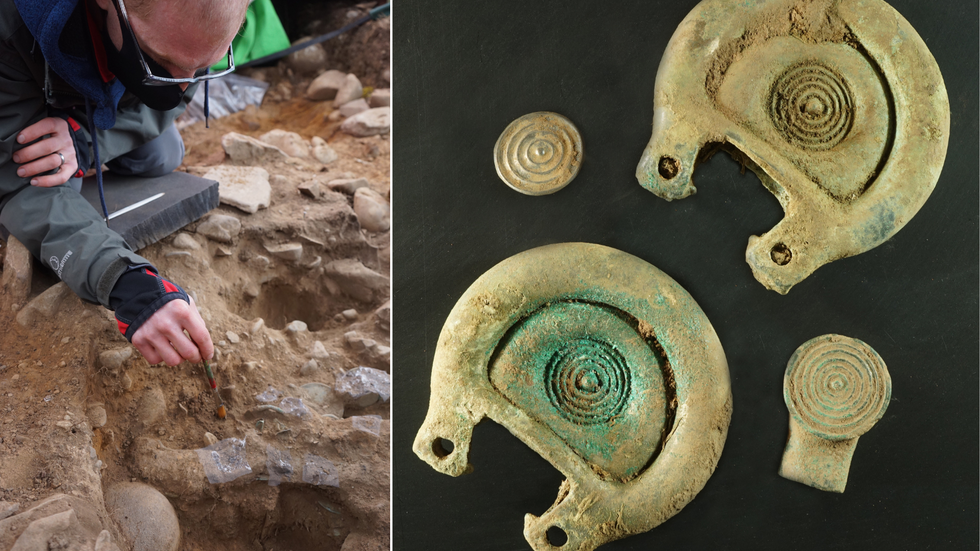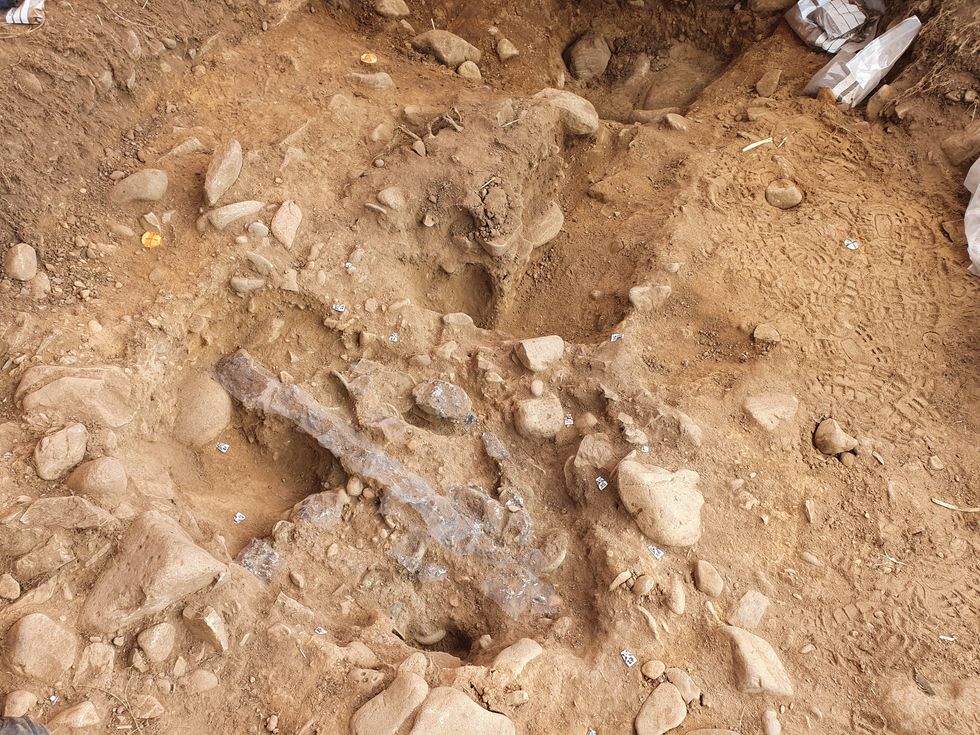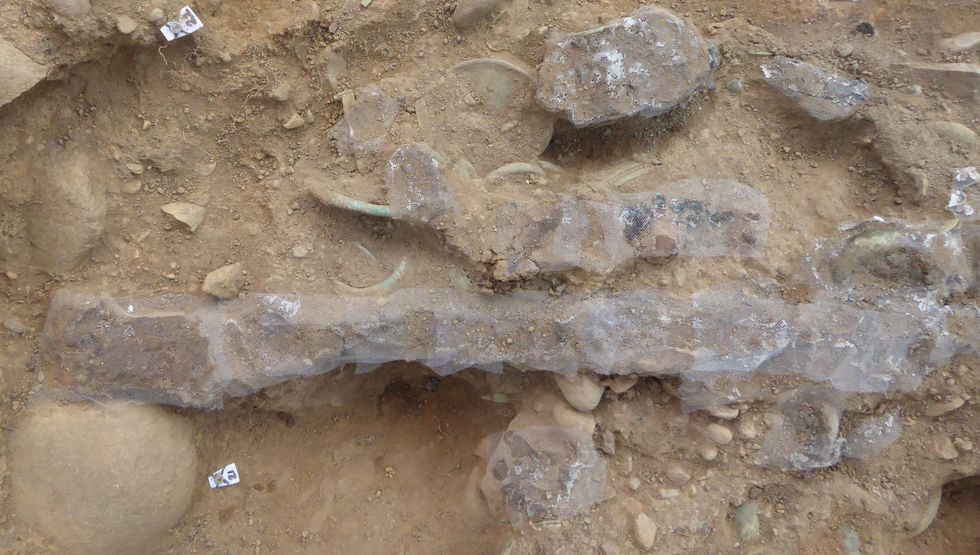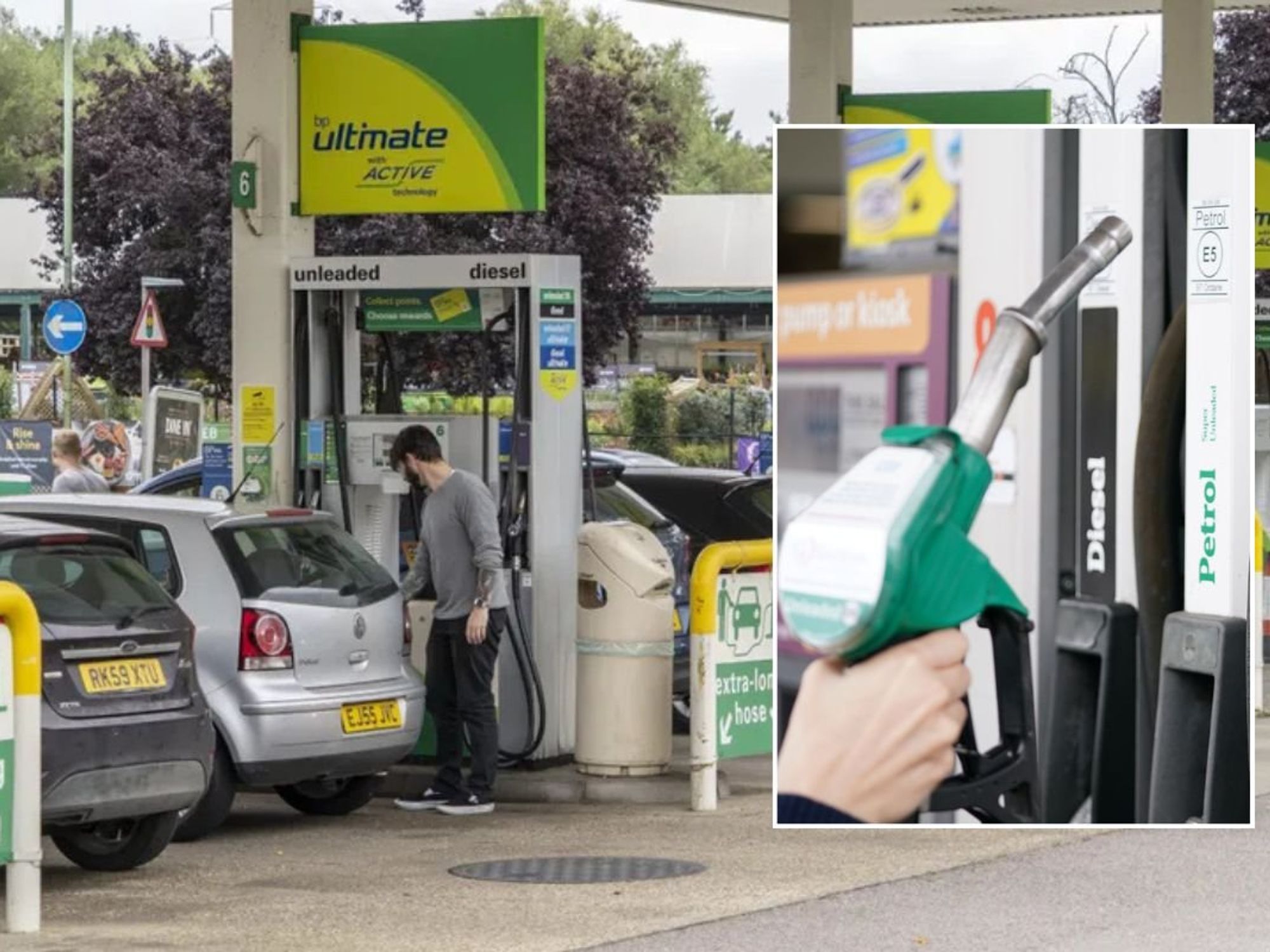'Rewrites our understanding!' Detectorist banks £80k after digging up Bronze Age 'treasure trove'

The Peebles Hoard dates from 1,000-800 BC and is comprised of more than 500 bronze and organic pieces
Don't Miss
Most Read
Latest
A detectorist who dug up a “treasure trove” from the Bronze Age has received £80,000 for the collection.
The “utterly unique” hoard, which dates from 1,000-800 BC, will be kept in the nation after it was acquired by the National Museums Scotland.
The Peebles Hoard comprises more than 500 bronze and organic pieces, and experts said analysis of the pieces could transform our knowledge of the Bronze Age in Scotland.
It was found by detectorist Mariusz Stepien in 2020, who had now received a five-figure sum as an ex gratia payment.

A detectorist who dug up a “treasure trove” from the Bronze Age has received £80,000 for the collection
|PA
It was discovered in a single block of earth, which was then examined in a laboratory.
The team at the museum are now trying to secure funding for continued research and conservation of the “exceptional” collection, in order to unlock its “enormous research potential”.
Some of the most notable pieces in the trove are two “rattle pendants”, which are more typically found in Denmark, northern Germany and northern Poland.
Experts have said that their inclusion in the collection could suggest that Scotland occupied a role within a network of communities across the North Sea.
MORE ARCHAEOLOGY BREAKTHROUGHS:

It was discovered in a single block of earth, which was then examined in a laboratory
|PA
Other items include a sword still in its wooden scabbard, a number of small bronze buttons looped onto cords, and the remains of a decorative strap.
The collection has been described as one of the most significant ever found in the country.
Matthew Knight, senior curator of prehistory at NMS, said: “The Peebles Hoard is exceptional, an utterly unique discovery that rewrites our understanding of both Bronze Age communities in Scotland and our prehistoric international connections.
“Thanks to the diligence of the finder, expertise of colleagues at the treasure trove unit and National Museums Scotland, and the generosity of the team at the μ-VIS X-ray Imaging Centre, University of Southampton, we have made significant progress.

Other items include a sword still in its wooden scabbard
|pa
“However, more funding is critical to continue our conservation and research, to preserve the hoard for future generations and uncover the stories of Scotland’s ancient past.”
Following its discovery, the hoard was CT scanned at a specialist imaging facility at the University of Southampton.
Professor Ian Sinclair, founder of the μ-VIS X-ray Imaging Centre at the university said: “We are pleased and excited to have worked as part of this multidisciplinary project.
“CT-scanning the hoard was certainly a big challenge due to the scale of the hoard block, but we relished the opportunity to bring our engineering skills to successfully support this research on such an exceptional historical find.”











